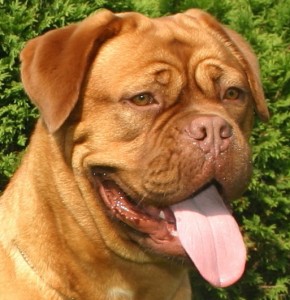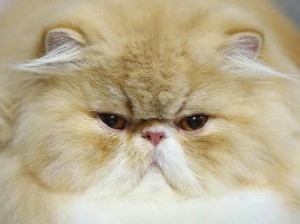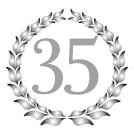This is distilled wisdom as well as specific requirements from several airlines regarding the air transport of brachycephalic breeds. This means snub-nosed breeds of cats and dogs of the following breeds (and their crosses) Himalayan, Pug, Boxer, Bulmastif, etc.


Due to their inherent breathing difficulties, owners and shippers of brachycephalic breeds, MUST follow the following guidelines:
- The travel crate must be adequately ventilated on all four sides.
- Brachycephalic breeds must travel in a crate which is at least 10% larger than normally required;
- The owner or shipper must acclimatise the animal to their travel crate by letting the pet spend daily time in their travel crate several days or better weeks, before departure.
- The owner or shipper must have the animal’s individual risk assessed by a veterinarian prior to travel. To be eligible for air travel, all brachycephalic breeds and their crosses must be accompanied with a letter or certificate from a registered veterinarian that specifies that the animal is fit-to-air travel or to undertake the journey intended. This is in addition to all the other veterinary certificates required by the airline and the destination country.
- Excessive temperatures and humidity should be avoided. Where possible, it is recommended that flights be selected to leave or arrive in very hot and humid countries, either early morning or late at night, when the temperature is known to be cooler.
- During flight, no food need be available inside the travel crate. Water should be available all the time. Small portion of spare food can be strapped to the top of your pet’s crate.
- The shipper should select the most direct flights and the travel plans should avoid stops in cities where expected ambient hot temperatures or humidity differs significantly from the normal conditions the animal is exposed to. If the owner is planning the travel themselves, be sure to plan the journey first for the pet, and then decide if you wish to accompany on the same flights. Always allow enough time at transits for movement between incoming and outgoing flights. To move a pet, the airlines often requires a minimum of 4-6 hours on the ground between two flights, even if they are from the same carrier. Unlike human passengers, the animal cannot walk from one gate to another and always require more time between flights.
- Before departure and during transit, the animal must be placed in a well ventilated and very quiet area.
- These brachycephalic pets must be verified during transit stops and fresh water should be added to their bowl.
Prior to the acceptance of any brachycephalic breed for air transport, the owner must sign an « ACKNOWLEDGEMENT AND INDEMNITY FORM » that is a waiver procedure which limits the airline’s responsibilities in case of problems during transport.


